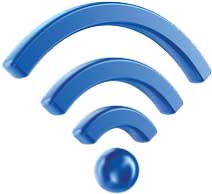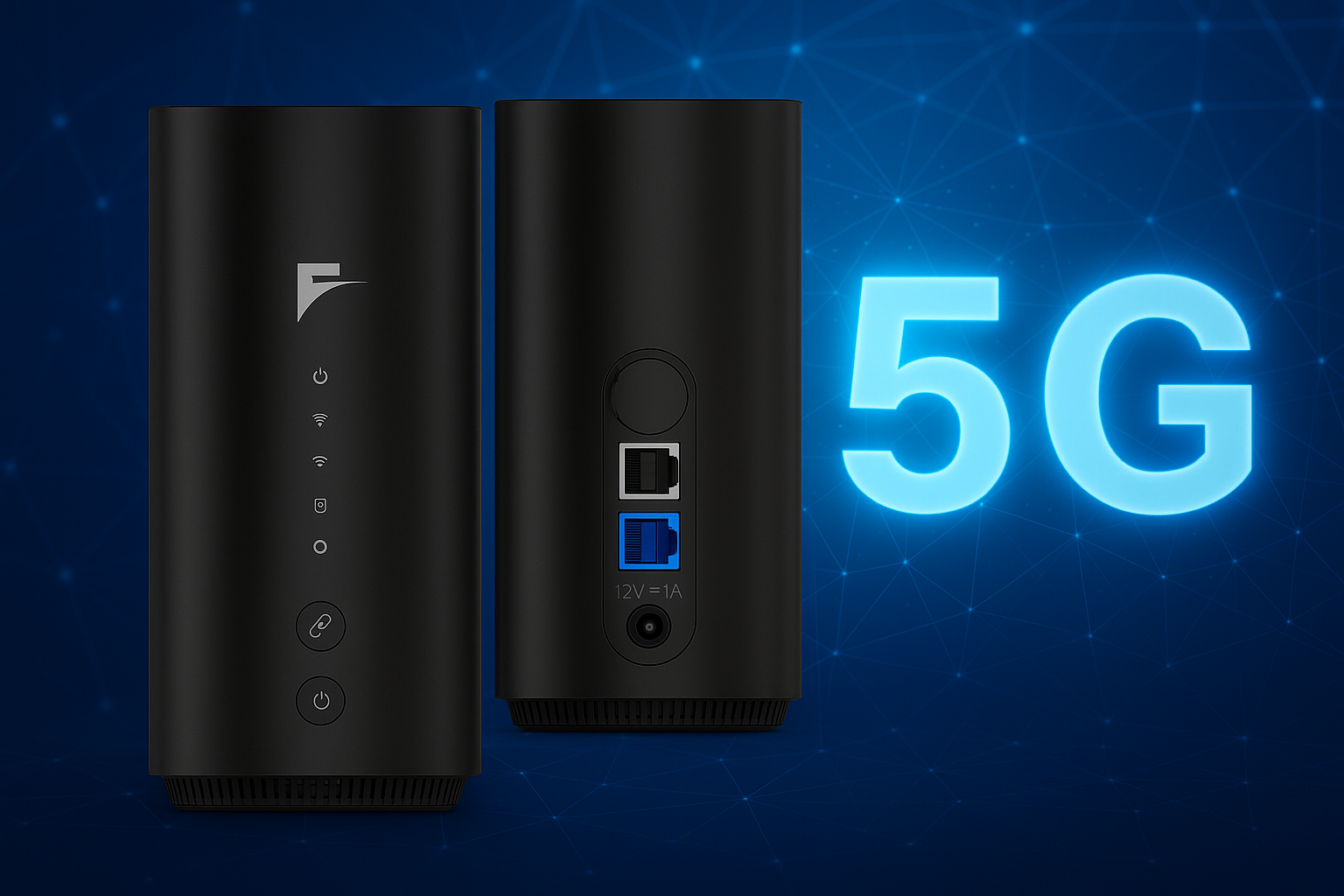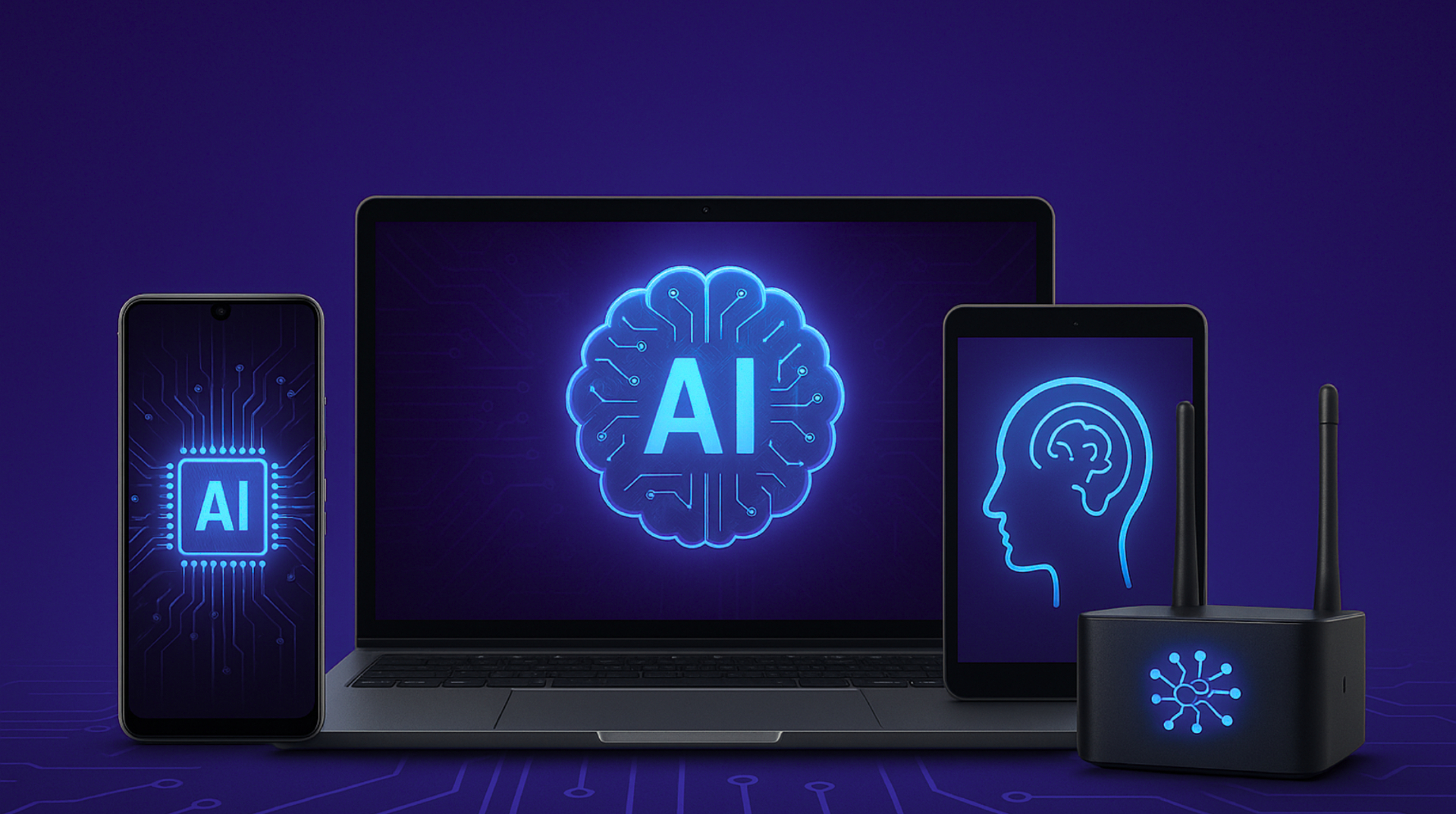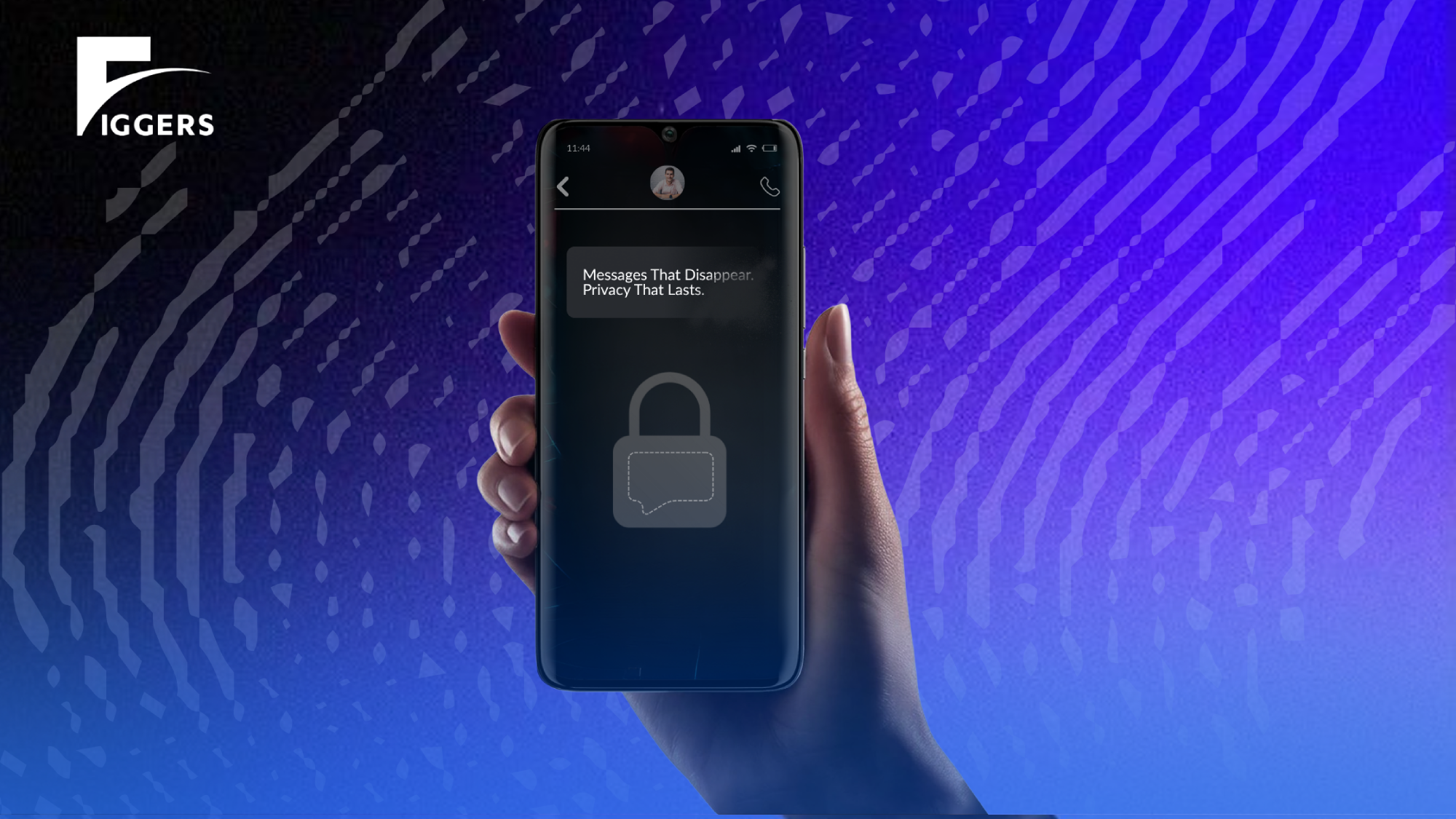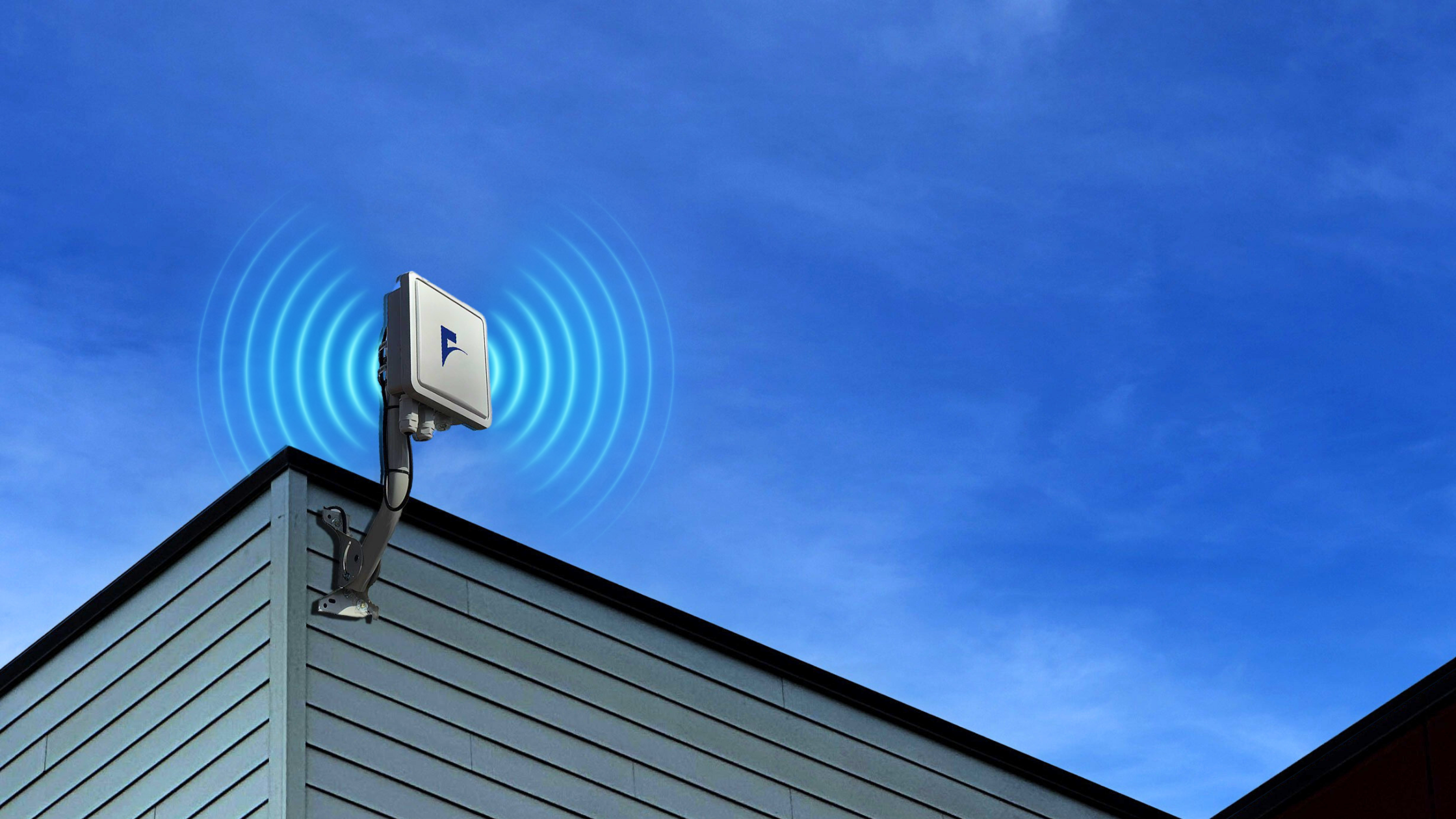
Why Fiber-First is Obsolete and Why Figgers Small Cells Are the Future of Connectivity
For decades, the telecommunications industry has upheld a "fiber-first" philosophy—laying thousands of miles of underground fiber-optic cables to deliver broadband connectivity to homes, schools, businesses, and municipalities. While fiber once represented the pinnacle of bandwidth and reliability, the world has changed. The modern demand for low-latency, high-availability, and rapidly deployable connectivity has outgrown the limitations of fiber’s static infrastructure. Today, Figgers Small Cell technology represents a smarter, faster, and more adaptive solution—one that is poised to outpace and replace outdated fiber-first strategies.
The Problem with "Fiber-First"
Fiber networks, while capable of gigabit speeds, are deeply infrastructure-dependent. Every connection requires trenching, permitting, physical installation, and ongoing maintenance. In urban centers, this means navigating bureaucratic zoning boards and disrupting traffic patterns. In rural and underserved regions, it often means no buildout at all—because the cost per mile is economically unfeasible. Laying fiber to a remote community can cost over $30,000 per mile, and still may take 12–24 months before residents see a signal.
Beyond cost and deployment time, fiber lacks flexibility. It's fixed infrastructure. Once it's in the ground, any changes require digging it up again. When natural disasters strike or rapid capacity upgrades are needed, fiber cannot adapt fast enough. And as demand shifts from fixed endpoints to mobile, dynamic environments, fiber's static nature becomes a liability.
Enter Figgers Small Cells: Intelligent, Scalable, and Mobile
Figgers Communication has pioneered a new solution to meet modern connectivity challenges: Figgers Small Cell Nodes, a distributed, high-density wireless mesh system that can deliver ultra-fast, low-latency broadband without requiring legacy trenching or tower infrastructure. These units are designed to be deployed on existing utility poles, rooftops, or even customer premises, forming a mesh network that blankets communities in carrier-grade LTE or 5G coverage.
Each Figgers Small Cell is powered by proprietary software-defined radio technology, integrated with edge computing and real-time spectrum optimization. These nodes intelligently route traffic, balance loads, and even self-heal if one node fails—unlike fiber, which depends on a continuous, fragile line. Installation takes hours, not months, and costs a fraction of traditional fiber rollouts.
Faster Deployments, Broader Reach
By eliminating the need for trenching or centralized base stations, Figgers Small Cells can rapidly deploy across municipalities, rural corridors, school districts, or commercial zones. Each small cell node acts as a mini-tower, creating a dense, resilient mesh that grows stronger with every node added. This makes it ideal for connecting hard-to-reach areas and bridging the digital divide in regions where fiber has failed to reach.
Resilience, Redundancy, and Real-Time Response
Unlike fiber, which can be severed by storms, construction, or vandalism, Figgers Small Cell networks are redundant and decentralized. If one unit is compromised, traffic automatically reroutes to the nearest node—ensuring uptime and continuity. For disaster recovery zones, emergency communications, and remote telehealth services, this is not just an advantage—it's a necessity.
Built for the Future of Mobile Broadband
Figgers Small Cells are future-proof. While fiber is limited to fixed locations, small cells support mobility, edge AI processing, IoT scalability, and real-time public safety applications. Whether enabling smart traffic systems, connected classrooms, autonomous vehicles, or encrypted voice services, small cells can dynamically adjust coverage, capacity, and security to meet evolving needs.
Conclusion: Fiber is Foundational—But It's Not the Future
Fiber will always have a place in core transport networks, but the assumption that it must be extended to every endpoint is outdated. The world requires flexible, intelligent, decentralized connectivity—and Figgers Communication is delivering exactly that.
With Figgers Small Cells, cities can scale faster, underserved communities can get connected now, and the next generation of mobile-first applications can thrive. It's time to move beyond the trench and toward a towerless future. Figgers Small Cells are not just an upgrade—they are the next revolution in broadband access.






